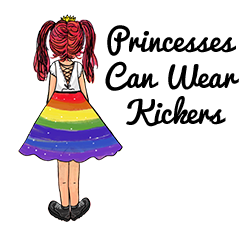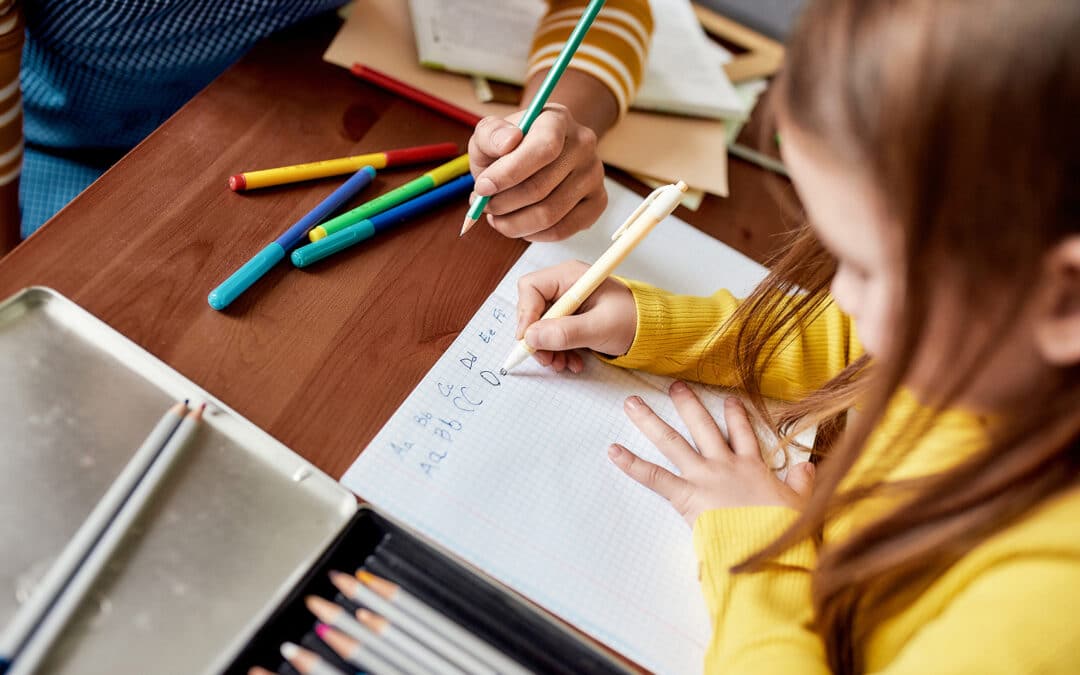How to teach handwriting to a child with dysgraphia
Ella has always had an issue with her fine motor skills – even as a toddler. She showed signs of being left handed very early on and has these long, bendy fingers that never developed any real strength. Writing was an issue and generally avoided from word go. It would take her so long to write a simple sentence and it was painful to watch because you could see how much effort it was taking.
Dysgraphia – an overview
I’d never heard of dysgraphia back then but looking back, she showed all the signs! If you’ve never heard of dysgraphia either, it’s a significant difficulty with transferring thoughts and ideas into letters and words. However, it affects far more than just writing. You’ll find an in-depth look at the symptoms of dysgraphia here but for the purpose of this article, dysgraphia also affects:
- drawing and coloring
- grammar and punctuation
- spelling
- organisation
Most issues are caused by the following:
- poor gross motor skills
- weak fine motor skills
- lack of spatial awareness
So, how do you teach handwriting to a child with dysgraphia?
Over the years, I’ve come to learn many things about dysgraphia and even more about how to teach handwriting to a child with dysgraphia!
It’s important to remember that nothing is set in stone and in fact, modifications are an essential part of the educational journey.
This list of the best tools for dysgraphia is a must read!
Unfortunately, it’s not all that uncommon for 5/6 year olds to spend much of their school day writing. Imagine this is your child with dysgraphia (which is likely to be undiagnosed at this stage) and imagine how they feel about school. Something as ‘basic’ as handwriting unfortunately helps to determine early progress in the first year at school.
Is it any wonder why some children with dyslexia and dysgraphia suffer with anxiety and low self-esteem?
How to help your child
If your child has just started school and they are showing signs of dysgraphia, you need to speak to their teacher and work together with them to find the best way forward. Your child may need extra time to complete tasks and as they get older, a scribe may be required for longer writing tasks. Another idea is to verbalise and record their ideas or paint them or even write them on a whiteboard. While at home, playing games will help develop their motor skills while also taking the stress out of the situation. Click here to find the best games for dysgraphia to play as a family.
What is your child’s preferred communication method? Discover and encourage it so that the physical block of using pen and paper will never hinder their creativity.
The following are the best ways to practice writing and strengthen those fingers. They’re listed in age appropriateness ranging from youngest to oldest.
Please note, as an Amazon Associate I earn from qualifying purchases
Salt and/or sand trays
If your child suffers from dysgraphia and you are lucky to have it diagnosed early on, it is advisable to limit handwriting exercises. This will prevent early anxiety and give your child time to build up their fine-motor skills.
Start with a tray/large dish/pan and pour an inch or two of salt into it. As you practice the letter sounds your child should draw the letter into the salt. Mistakes are shaken away in an instant and the multi-sensory approach helps with muscle memory.
[amazon box = “B0BBKP5RXL”] (#ad)
Whiteboard
As soon as your child has demonstrated understanding and mastered sand letters, move onto a whiteboard as your child can practice on here without the constraint of lines and limited space. A good way to practice together is to call out sounds while your child writes down the corresponding letter. You can review letters for as long as is needed – especially if your child is dyslexic as well.
[amazon box = “B08L45NSRM”] (#ad)
Fat pencils and wide-spaced lined books
Use these to practice spellings. Dictate between 5-10 words or phrases and ask your child to choose their prefered letter size as they write the words in their exercise books. Fat pencils are a great option as they generally have soft nibs and are ergonomic with an easy grip.
During this stage, it’s still very common for letter reversals and a mix of upper and lower case. However this doesn’t matter because the goal here is to strengthen their hands/fingers and not overwhelm them with writing tasks.
[amazon box = “B01G7R0D5Q”] (#ad)
[amazon box = “1660650798”] (#ad)
Click here for my top 15 tools for dysgraphia
Teach them Cursive
Once a certain level of success has been reached in the exercise books, transition to cursive. Worksheets are available online for this and I will add some shortly which are free to download.
Cursive writing is a great way to teach handwriting to a child with dysgraphia as there are few chances to reverse letters, there is no issue with word-spacing and writing becomes rhythmic and flows.
Self-development strategies for your child
Of course, as well as the above, it’s vital to improve fine and gross motor skills, enhance visual-spatial awareness and improve motor processing speeds. There are many ways to do this and I cover them in my blog five fun activities for dysgraphia.
Accommodations for dysgraphia in the classroom
- Use a scribe
- Type school assignments (learning touch typing first)
- Allow spell checkers
- Make use of graph paper
- Learn how to use a speech-to-text program
- Write in cursive or print
Accommodations such as these help your child to become an independent learner and ensure they are not overwhelmed with writing tasks.
REMEMBER…
Dysgraphia is in NO WAY a reflection of intelligence and (as with dyslexia) you can’t grow out of it. It is however possible to overcome the barriers dysgraphia presents. Every child is different and requires different modifications and accommodations to succeed on their chosen path. You know your child and they know themselves, so it’s important to work together to reduce (or even better, remove) the stress, anxiety and worry.
Educating yourself on dysgraphia will enable you to fully support your child in their search for expression. Click here to see all of my articles on dysgraphia
Do you have a child with dysgraphia? How do you help them overcome the hurdles? Leave your comments below.



Recent Comments